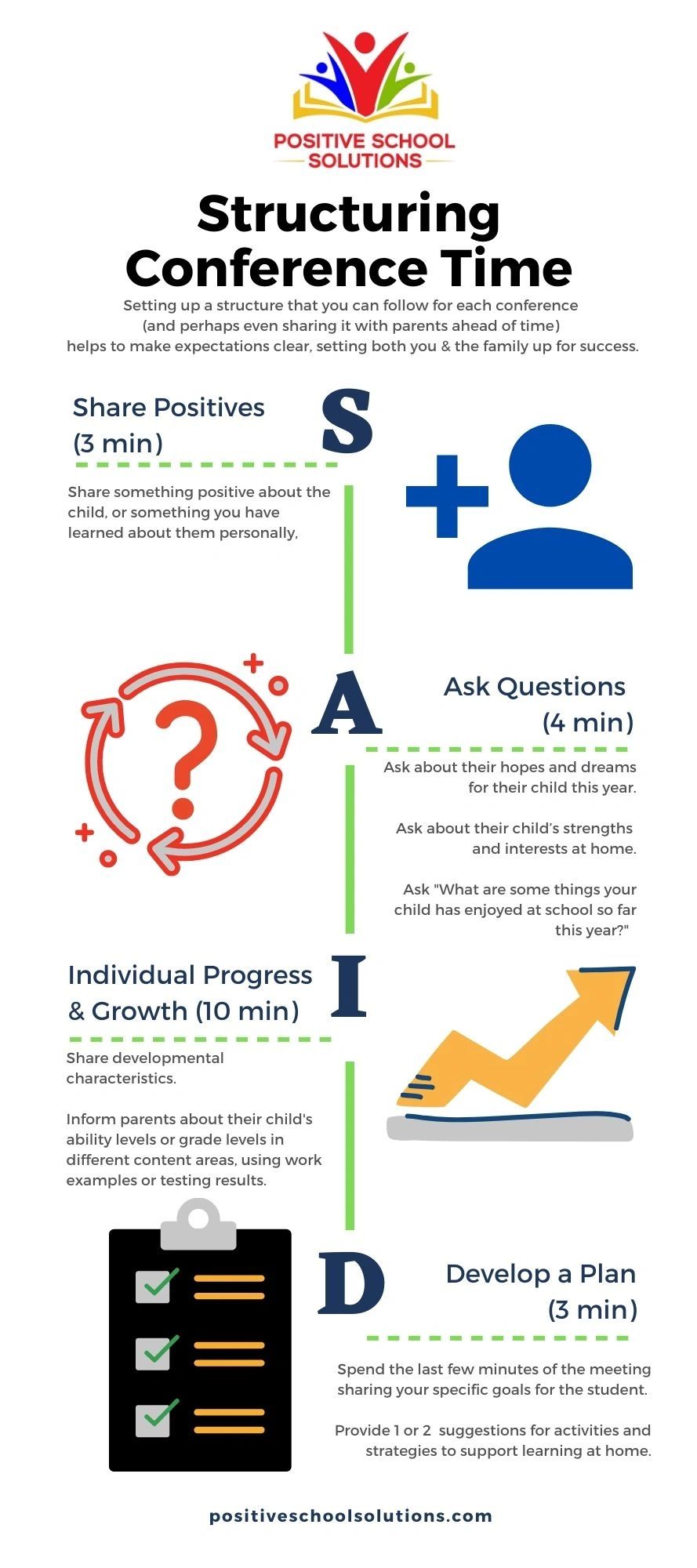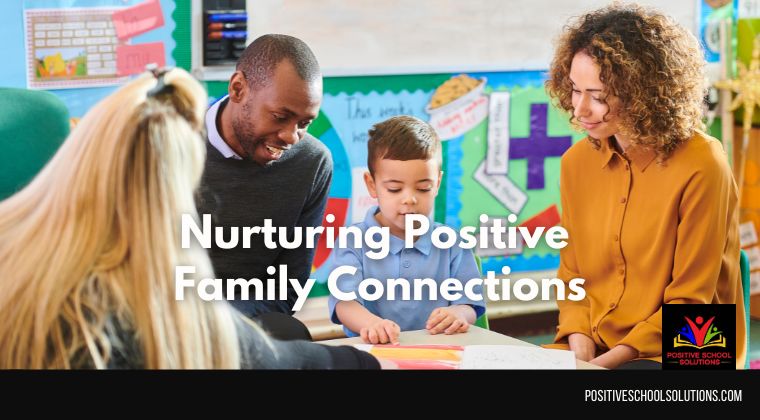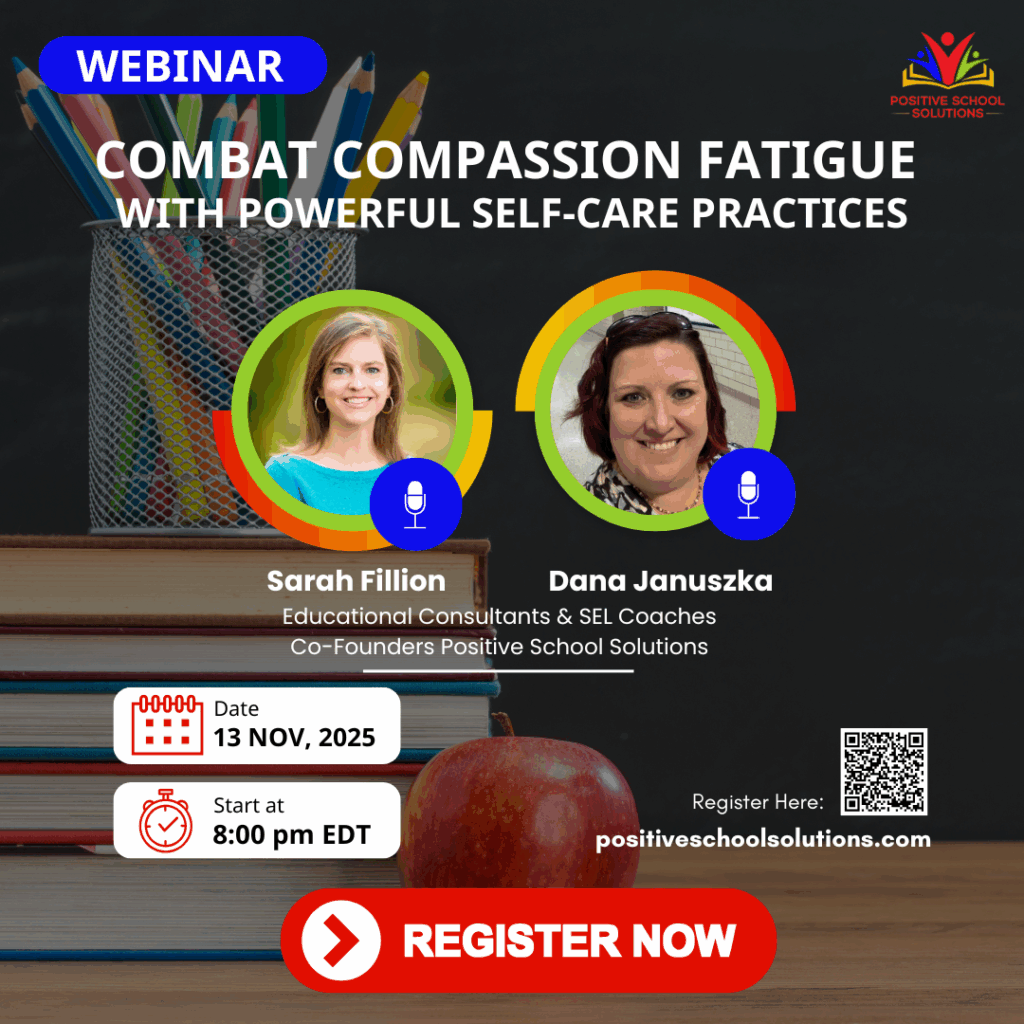During conferences, it’s easy to feel completely overwhelmed with the turnstile your classroom becomes – or if you are conducting conferences virtually this year, the constant doorbell of the waiting room can become ominous. Setting up a structure that you can follow for each conference (and perhaps even sharing it with parents ahead of time) help to make expectations clear, setting both you and the family up for success.
The New York City education department says “an ideal parent-teacher conference is a conversation”—their emphasis—”between you and your student’s parents about their child’s progress at school.” Keeping this idea in mind, here are some suggestions on how you might set up a clear 15-20 minute structure to ensure what you SAID during the conference is remembered…

Share positives. A principal I worked with always used to say, “Remember that the child you are talking about is this parent/caregivers whole world.” As a parent now, I often reflect on this sentiment. When I walk into a conference, if the first thing the teacher says is something positive about my child, or something they have learned about them personally, I head into the academic portion truly feeling like we are on the same team and am ready to discuss their strengths as well as their challenges.
Ask questions and listen. Ask parents or guardians about their hopes and dreams for their children this year. Some teachers do this at the beginning of the year, and then pull them out at conferences as a check in point. Ask about their child’s strengths and interests at home. Ask the simple, but important, questions: “What are some things your child has enjoyed at school so far this year?” or “What are some school activities that your child has talked about at home?”
Individual progress and growth. It can be helpful to share information about developmental characteristics. When parents/guardians come for conferences, they often want to know – do you like their child? And, are they normal? Sharing with them some characteristics of children at this age can help them feel at ease. I used to keep a laminated list of developmental characteristics nearby and highlight right on it where the student is, and then wipe off to share with the next family.
Inform parents about their child’s ability levels or grade levels in different content areas, using work examples or testing results. Having something to look at together can help the conversation stay in a neutral to positive mindset. By having the work of the child in the center, it reminds the parents/caregivers that your primary focus for this conversation is their child.
Develop a plan. Spend the last few minutes of the meeting sharing your specific goals for the student. Provide 1 or 2 suggestions for activities and strategies to support learning at home. Limiting the suggestions for support from home to one or two is essential – it is a manageable number of ideas to hold onto and to implement. Note when you’ll check in with them again to share progress.
Planning out 20+ Conferences is such a huge task… and yet as they happen, the time seems to fly by! Remember that we have the same goal as the parents/guardians – helping their child to experience academic growth and success this year. Regardless of the knocking on the door, or the doorbell ringing, remember to keep smiling and take a breath. Following this structure, all of your conference attendees are sure to remember what you SAID, feel a strong connection to you and the school, and look forward to supporting the learning at home.
To help you remember this structure, we’ve created a printable version. Print this and you have a desktop reminder! Here’s a link to a free printable copy!
For more on building relationships with families, check out our On-Demand Course: Nurturing Positive Family Connections
Written by Dana Januszka & Sarah Fillion for Positive School Solutions 2020


